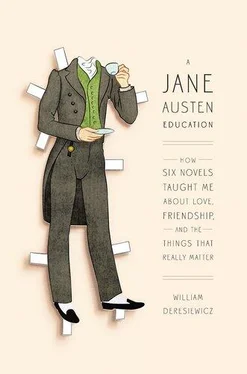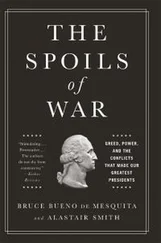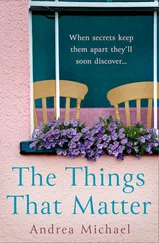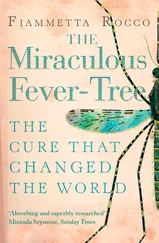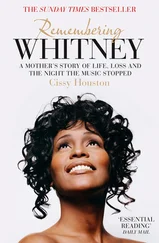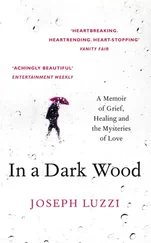Austen herself made delirious fun of this kind of nonsense when she was young. Her juvenilia—the satirical skits and sketches she produced as a girl for the entertainment of her large, literate, fun-loving family, some of which were written when she was no more than twelve—are full of wicked parodies of this fashionable fluff. In one story, two young heroines, highly sensitive in the accepted style, “faint alternately on a sofa.” In another, an infant girl is discovered, perfectly unharmed and already able to talk, under a haystack. In a third, a young man has “so dazzling a Beauty that none but Eagles could look him in the Face.” People fall in love at the drop of a hat, children pilfer their parents’ savings, and a man discovers four long-lost grandchildren in rapid succession.
In other words, Austen knew exactly what she was doing when she created her fiction of ordinary life. It didn’t happen by default, as if she never really thought about it and simply did what came naturally. It was a revolutionary artistic choice, a courageous defiance of convention and expectation: exactly why so many of her early readers had trouble appreciating what she had done, and why her fame took so long to establish itself.
Yet she did more than reject the literary formulas of her day. Her own life may have seemed uneventful: she lived in a quiet corner of the English countryside, never married, never traveled more than about a hundred miles from home, didn’t publish her first novel until she was thirty-five, and died, still sharing a house with her mother and sister, just six years later. But she lived amid a host of dramatic events, both global in scope and closer to home. Born in 1775, the year that launched the American Revolution, she was a teenager during the French Revolution and an adult during the Napoleonic Wars—a quarter century of epic struggle between Great Britain and France that climaxed at Waterloo just two years before her death. Her life also coincided with the most dynamic phase of the conquest of India, and thus, the rise of the British Empire.
Though they seem remote from her quiet existence, these events touched her very closely. Her father’s bright, pretty sister, endowed with the striking name of Philadelphia, went out to India as a young woman, like so many girls at the time, to find herself a husband from among the mass of ambitious young men who had gone to the booming colony to seek their fortune. Not only did she find one, she may have also found a lover in the person of Warren Hastings, the brilliant young administrator who was on his way to becoming the first governor-general of India and one of the most important figures in the history of the Raj. From then on, the Austen and Hastings families would remain intertwined. Philadelphia, childless for the first eight years of her marriage, gave birth to a daughter within two years of meeting her husband’s new business associate. The girl’s name, Eliza, was the same as that of Hastings’s daughter, who had died in infancy. Hastings, a widower, not only acted as Eliza’s godfather and later gave her the spanking sum of ten thousand pounds, he also sent his young son back to England to be raised in the home of Philadelphia’s newly married brother—that is, Jane Austen’s father himself.
Austen never knew the boy, for he died of diphtheria within a few months. But she did come to know her cousin Eliza, who went on to live another remarkable story, very well indeed. Philadelphia had returned to England along with her husband when their daughter was three. When Eliza was nineteen—she had grown up to be a lively, beautiful, and flirtatious young woman—she married a French count and acquired the glamorous name of Capot de Feuillide. A few years later—Jane was ten by now—Madame de Feuillide descended upon the Austens’ sleepy parsonage in all the glory of her French stories and French fashions. Despite the age difference, the two cousins formed a close and loving friendship that lasted to the end of the older woman’s life.
Meanwhile, Warren Hastings, returned to England after twelve years as the master of British India, was impeached for corruption by the House of Commons and embroiled in the most spectacular trial of Austen’s day. The ordeal dragged on for seven years, followed by the Austens with intense partisanship on behalf of their patron, and finally ended in Hastings’s acquittal. By that point, however, Eliza had become entangled in the French Revolution. Her husband lost his estates; Madame la Comtesse, as she liked to be called, was prevented from returning to France; and at last—Eliza herself was probably taking refuge with the Austens at the time—the count himself was sent to the guillotine. And then, before long, in a turn toward the family with which she had become so close, Eliza married Austen’s older brother Henry, ten years younger than herself.
The Napoleonic Wars came even closer to home. Two of Austen’s other brothers (she had six in all) joined the Royal Navy, Britain’s proudest institution and first line of defense—Frank, a year older than she, and Charles, the baby, four years younger. Frank sailed to the Far East, fought in the Mediterranean, made captain by the age of twenty-six, narrowly missed the great victory at Trafalgar—a bitter regret—but chased the French across the Atlantic, played a leading role in the Battle of San Domingo, the last major naval engagement of the conflict, and fought the Americans in the War of 1812. Charles, less lucky in his career, still saw his share of perilous action, helping to run down one French warship in a chase of some two hundred miles, capturing another from a small boat in a heavy storm, hunting Napoleon’s allies after the emperor’s escape from Elba, and fighting Greek pirates in the Aegean. Austen, needless to say, followed all of these events—by letter, by rumor, through newspaper reports, and in her brothers’ own stories when they returned home on leave—with breathless interest.
Her neighbors were scarcely less colorful. The cast of characters included “military heroes, bastard sprigs of the aristocracy, ruined squires,” and “brilliant factory-owners of foreign origin,” as Austen biographer Claire Tomalin enumerates them. One, Lord Portsmouth, was a feebleminded aristocrat with a macabre taste for funerals and slaughterhouses. After his first wife died, he was swindled into marrying his lawyer’s daughter (Lord Byron was a witness, though he seemed unaware of what was going on), who proceeded to dismiss the servants and tyrannize her husband with regular whippings and beatings—gothic stuff indeed.
Tales of India and France, high-seas adventure and high-society scandal—godsends, it would seem, for any novelist in search of material. Yet Austen turned them all aside with a polite smile. Rather than Warren Hastings and Elizabeth Capot de Feuillide, she preferred to write about people like Mr. Woodhouse and Harriet Smith. Instead of Napoleonic battles and clandestine torture, she chose the dramatic possibilities of card parties and country picnics. She knew what she was about, and refused all temptations to wander from her course. After Emma was dedicated, at his own invitation, to the prince regent—Great Britain’s acting monarch during the senility of his father, George III—Austen heard again from the prince’s librarian, a pompous clergyman named James Stanier Clarke, who had been serving as the regent’s intermediary. (The prince did not of course deal with Austen himself, even if she was one of his favorite writers.) Clarke took the liberty of inflicting upon her that common torment of successful authors: he gave her an idea for a book. “Any Historical Romance illustrative of the History of the august house of Cobourg,” the German noble family whose youngest son was about to marry the Prince’s daughter, “would just now be very interesting,” he helpfully explained.
Читать дальше
